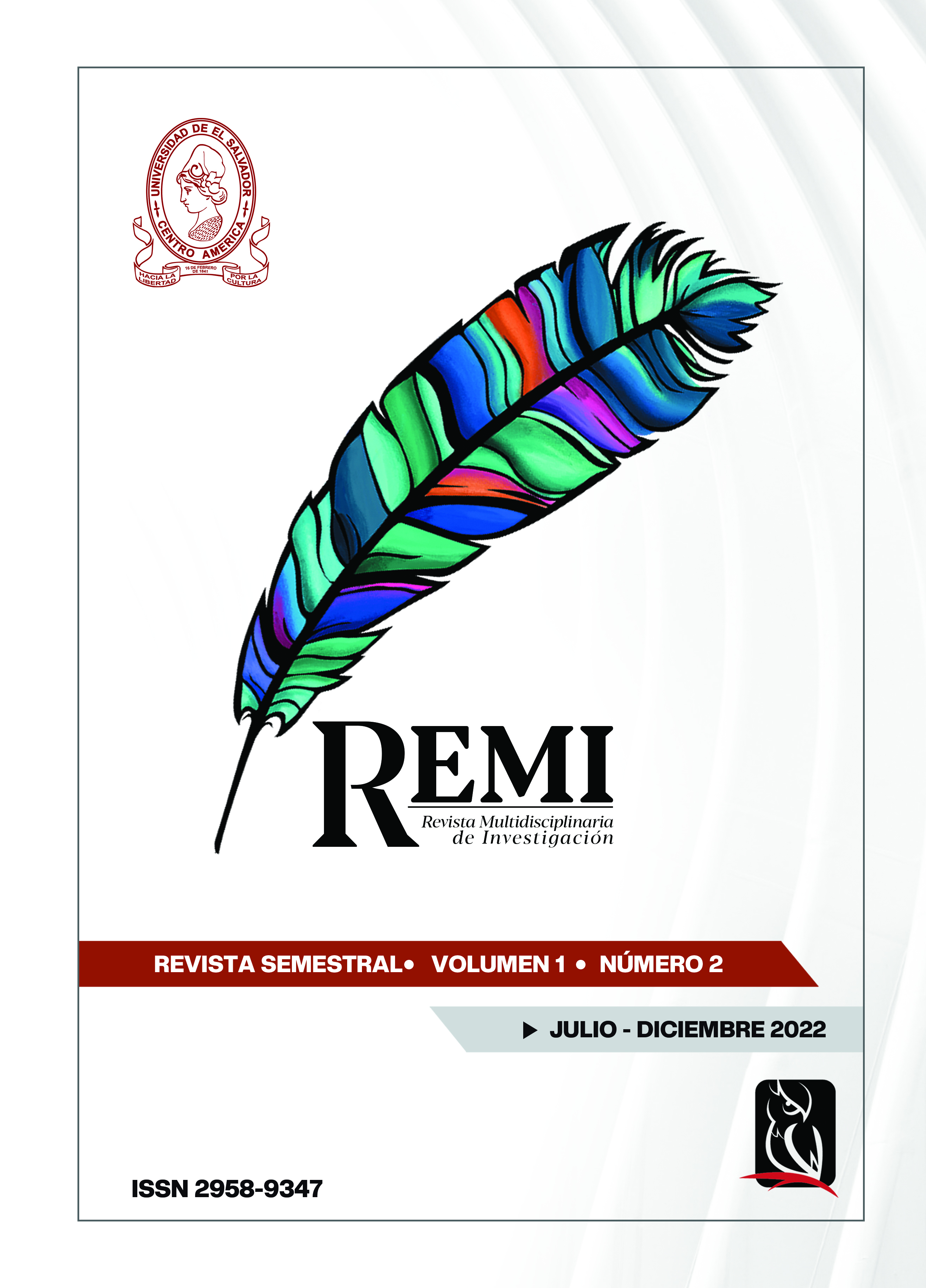La semiótica como parte de la enseñanza de la arquitectura
Palabras clave:
Arquitectura, Semiótica, Objeto, Enseñanza, DiseñoResumen
Objetivo: La propuesta de este documento se basa en los aspectos generales de la semiótica, para señalar que la elaboración de una maqueta física o digital no es solamente una asignación más que cumplir, sino que es un objeto semiótico que comunica de manera visual el potencial de su significado de acuerdo con el tiempo y espacios que corresponden al hecho arquitectónico , entendiendo a la semiótica y su relación con la arquitectura de una manera más significativa y simbólica de la que se presenta en el ámbito académico. Método: De tipo histórico-lógico, enfocándose en el aspecto de la enseñanza para la elaboración del objeto semiótico, en la representación de maqueta a escala; ya que todas las fuentes consultadas fueron de tipo bibliográfico. Resultados: con la investigación se demuestra importancia de saber utilizar e interpretar el objeto semiótico como parte del proceso de la enseñanza en el primer año del desarrollo de la carrera de arquitectura, considerando que la aplicación práctica de los conceptos y teoría de la arquitectura orientando al estudiante a comprender la importancia del simbolismo del objeto arquitectónico, y el significado que transmite bajo un análisis fundamentado en los criterios y principios de diseño. Conclusión: se concluye la importancia del objeto simbólico, de su significado, visto bajo la óptica del lenguaje arquitectónico y su aplicación dentro de los procesos de enseñanza de la carrera de arquitectura. La comprensión semiótica de la obra arquitectónica facilita los procesos de aprendizaje e incrementa las habilidades del estudiante para poder entender el espacio, asumiéndolo y moldeándolo al punto de innovar ante los problemas arquitectónicos que enfrentará a lo largo de la formación mientras estudia, así como en la práctica como profesional
Descargas
Referencias
Lara Escobedo, M. I., Rubio Toledo, M. Á., & Higuera Zimbrón, A. (2011). Semiótica y la arquitectura. Lo que al usuario significa.... Quivera. Revista de Estudios Territoriales, 13(1), 139-155
Morris, C. (1985). En C. Morris, & M. Murciano (Ed.), Fundamento de la teoría de los signos (R. Grasa, Trad., 1ra edición castellana ed., pág. 119). Paidós, Ibérica, S.A.
Romañá, T. (2004). Arquitectura y Educación: perspectivas y dimensiones. Revista española de pedagogía. 62 (228). 199-220.
Tappan, M. (2013). La semiótica como herramienta teórica en el proceso de conceptualización. Revista Digital de diseño gráfico. 2 (7), 2-15. https://www.academia.edu/31054585/La_semiotica_como_ herramienta_te%C3%B3rica_en_el_proceso_de_conceptualización.
Turati, A. Pérez Rosas, M. (2010). Proceso de Creación Del Objeto Arquitectónico pcoa. Un enfoque didáctico. UNAM. https://es.scribd.com/document/456017870/proceso-de-creacion-del-objetoarquitectonico- pcoa-UNAM-un-enfoque-didactico-antonio-turati-villaran-mario-perez-rosasjulio- 2010
Vitrubio, M. (1997). Los diez libros de la arquitectura. Alianza.
Publicado
Número
Sección
Licencia

Esta obra está bajo una licencia internacional Creative Commons Atribución-NoComercial 4.0.








